On March 5, Limerick TD and Minister for Arts and Culture, Patrick O’Donovan, announced that the 2025 National Famine Commemoration will take place in Kilmallock, Co Limerick.
The ceremony is scheduled for Saturday, May 17 at Kilmallock Famine Memorial Park, part of the historic Workhouse complex.
This marks the first time the event will be held in Co Limerick, providing an opportunity to reflect on the town’s role during the Great Hunger.
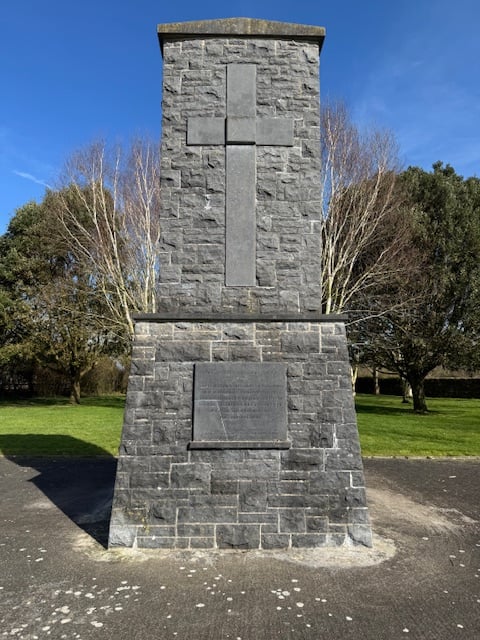
Kilmallock is home to a famine graveyard believed to contain the remains of up to 8,000 people who perished in the workhouse or the surrounding area. This graveyard also served as a burial site for the impoverished until around the 1920s, highlighting the enduring impact of poverty long after the famine had ended.
In June 1999, President Mary McAleese inaugurated the Famine Memorial Park in Kilmallock, unveiling a monument to honor those interred there.
The Great Hunger, also known as the Irish Famine, devastated Ireland between 1845 and 1852, leaving an indelible mark on its history. It brought widespread suffering, with starvation, disease, and emigration affecting nearly every part of the island.
Each year, Irish Famine Commemoration Day highlights a different location that epitomizes the experiences endured during this dark chapter in history. This year, Kilmallock—a historic market town deeply affected by the famine—takes its place among such commemorative hosts.
Before the famine, Co Limerick thrived on its agricultural economy, with the rural population heavily dependent on the potato crop.
When the blight struck, food shortages led to mass starvation and disease. The Society of St. Vincent de Paul reported heartbreaking conditions in Limerick City, where extreme poverty and illness plagued families.
The devastation extended to rural areas like Kilmallock, where high mortality rates and emigration significantly reduced the population. From 1841 to 1851, Co Limerick’s population fell from 330,000 to 262,000, illustrating the immense toll of the famine.

Kilmallock, known for its medieval heritage, suffered greatly as successive crop failures crippled its economy. Evictions became increasingly common as landlords faced financial strain, leaving many destitute and homeless.
While some sought refuge in workhouses, others emigrated in search of a better life. The town’s population dropped from 1,408 in 1841 to 1,074 by 1851, with disease and deprivation disproportionately affecting women.
The disparity between rich and poor in Co Limerick was stark, even before the famine. In 1841, J. Stirling Coyne described Limerick’s principal street as resembling New York, with handsome brick houses and clean sidewalks. However, such observations overlooked the dire conditions of the poorer quarters, where extreme poverty prevailed. Incidents like the Limerick Food Riots of 1830 foreshadowed the desperation that would later intensify during the famine.
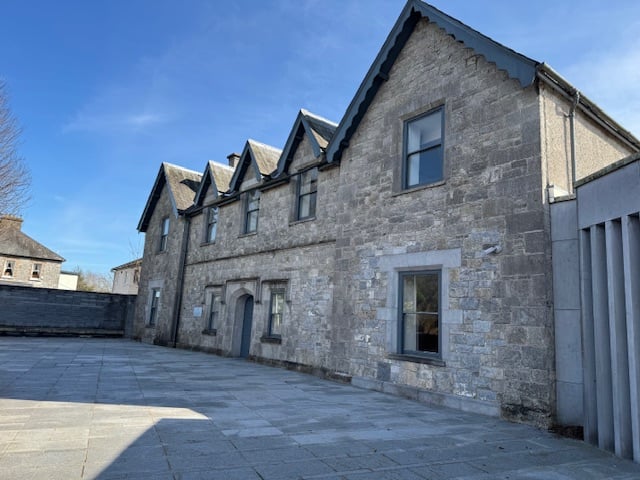
Workhouses became grim refuges for those with nowhere else to turn. The Limerick City Workhouse, which began admitting paupers in 1841, was a testament to the dire need. Paupers were stripped, inspected, and provided with coarse uniforms upon entry, underscoring the dehumanizing conditions within. Similarly, the Rathkeale Workhouse, built to house 660 inmates, had to expand during the famine to accommodate the growing number of destitute individuals. Doctors in the region reported frequent outbreaks of diseases like cholera and typhus, exacerbated by poor living conditions and inadequate nutrition.
The Kilmallock Union Workhouse, designed to house 800 people, opened in 1841, reflecting the area’s pre-famine poverty. During the famine, additional sheds and fever facilities were constructed to cope with the influx of those seeking shelter. Records from the Kilmallock Union’s Minute Book paint a harrowing picture of rising numbers of paupers and the harsh realities faced by those admitted.
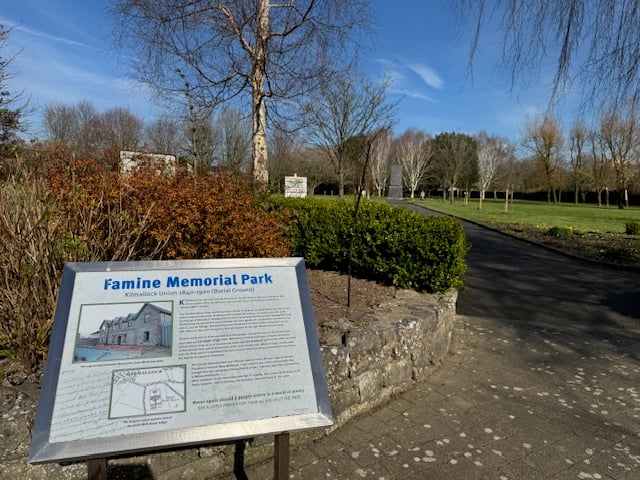
For many, emigration was the only escape. Charles Barrett, a young man from nearby Rathkeale, left for New York in 1851 with his wife, Ellen. Although he initially found work as a shoemaker, life in America remained harsh, and tragedy followed the couple. Their story mirrors that of countless Irish immigrants who faced significant challenges despite their hopes in pursuing a better future.
The selection of Kilmallock as the 2025 commemoration site underscores its historical significance and the necessity of remembering the resilience and suffering of those who endured the Great Hunger.
Ireland’s Great Hunger Museum of Fairfield will host its second annual Irish Famine Commemoration Day at the Gaelic American Club in Fairfield, Connecticut, at 12 pm on Sunday, May 18. The commemoration will begin with the laying of wreaths and will be followed by tea, coffee, and light bites, along with a slideshow presentation about the history of Co Limerick during the Irish Famine.
This article was submitted to the IrishCentral contributors network by a member of the global Irish community. To become an IrishCentral contributor click here.
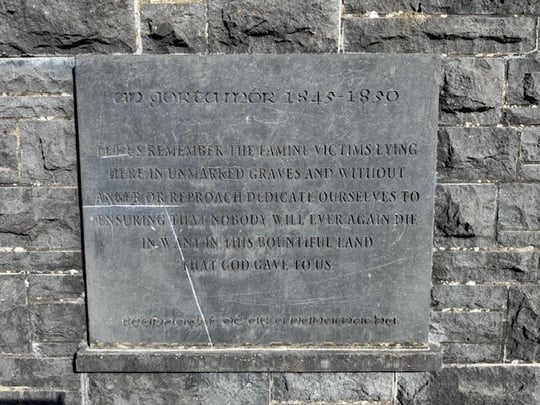
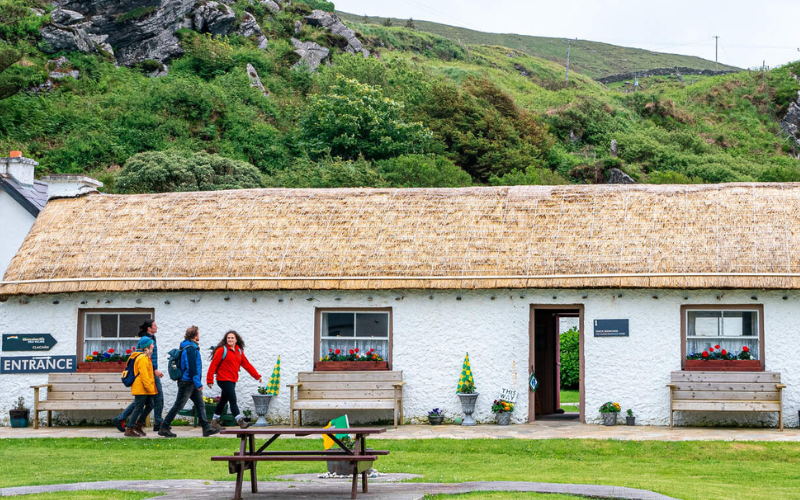


Comments